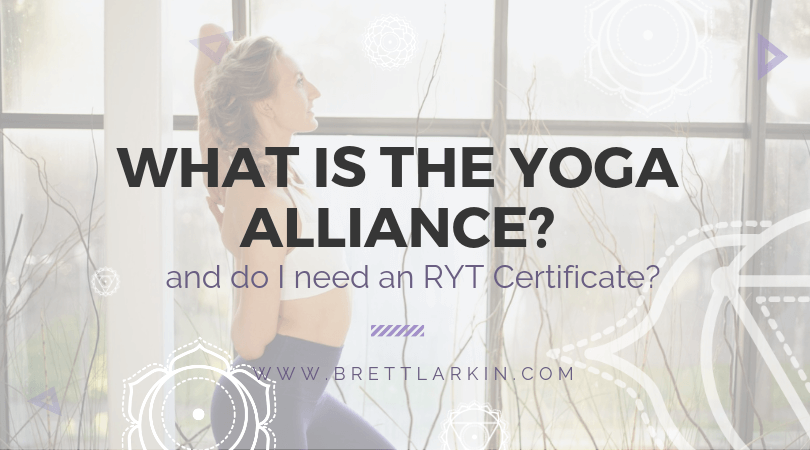
Ah, yoga.
The ancient tradition that helps people walk the path of truth and live a life of peace.
Or is it? At least, it originally was.
Now, things are fundamentally different here than they were in ancient India.
Taking an ancient practice like yoga and squeezing it into a Western-style framework is challenging. Many of the ancient traditions were dropped along the way and what we often find in Western countries is a blood-pumping, sweat-inducing, elite club of sorts that claims to be yoga-based.
What’s worse is that many of these club-like yoga classes are taught by low key contortionists that know very little about the ancient yogic traditions, as well.
As yoga gained popularity in the West, so too did overpriced yoga studios and exercise-based yoga classes. As you can imagine, things got a little messy a little too quickly. As a result, organizations were formed to create standards within the industry as to weed out those who were a little too detached from traditional yoga.
While standards and regulations help protect both the business and the consumer in most cases, they have blurred the vision between business and practice with many of these yoga studios.
Now, you’ll be hard-pressed to find a studio that doesn’t tout its standardized certification, claiming that this is the end all, be all for yoga in the West.
After all, other professions require a certification in order to practice, so why not in the field of yoga? On one hand, it can help to maintain the integrity of the practice. On the other hand, this only works if it is executed correctly.
And if that’s the case, as a yoga professional, being an RYT (registered yoga teacher) would be a valuable thing. Wouldn’t it?
Well, not necessarily.
Let’s take a look at one of the largest and most well-known yoga organizations doling out standardized certifications, Yoga Alliance.
You might also like: How to Be a Yoga Instructor: 6 Things You MUST Know Before You Begin
What is Yoga Alliance?
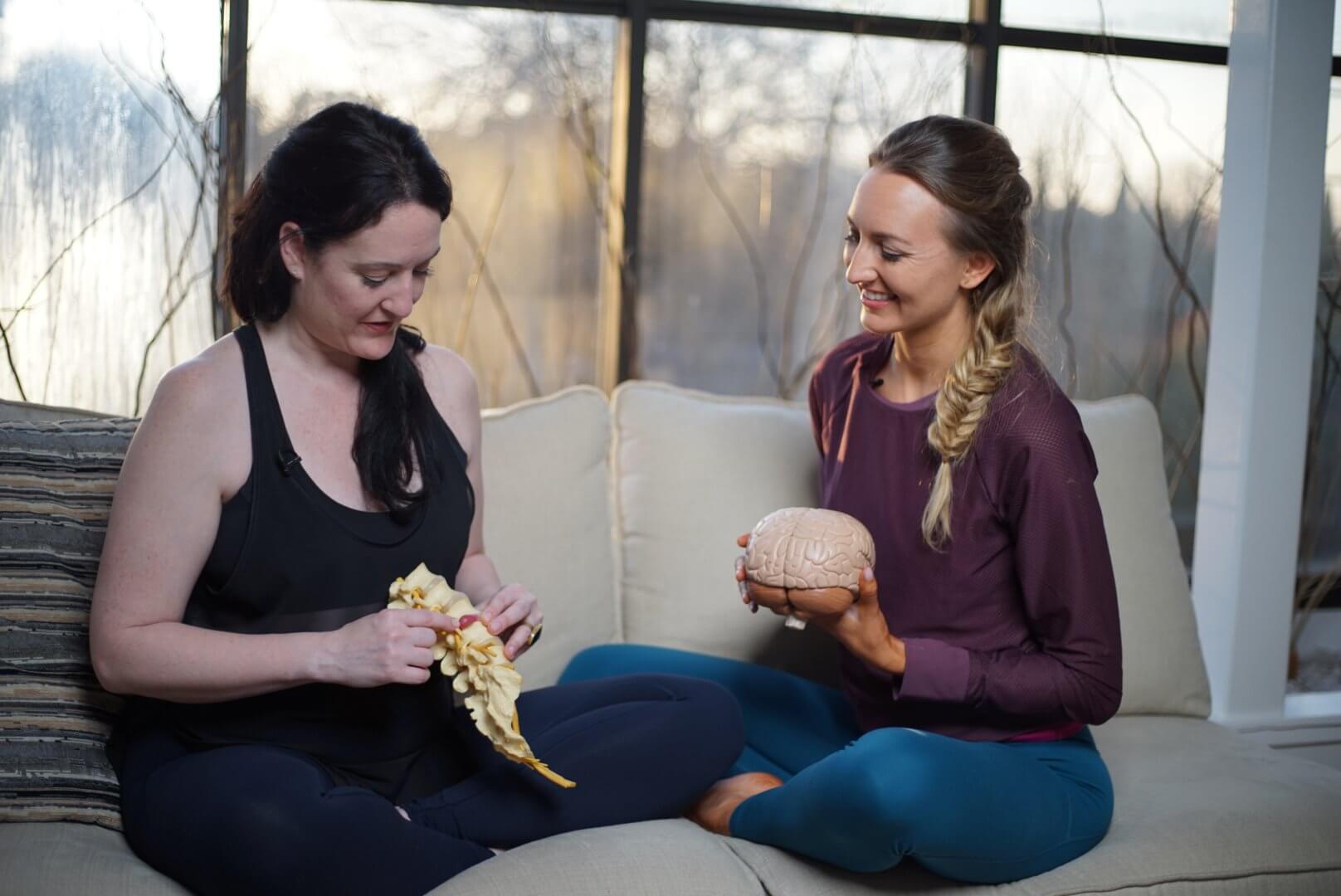
Founded in 1999, the Yoga Alliance is an organization that sets standards for yoga professionals and teacher training programs around the world. Their aim is to “promote and support the integrity and diversity of the teaching of yoga.”
What began as a small group of passionate yogis has now grown into the largest international organization in the yoga community. The standards that they created are followed by yoga schools around the world.
The idea was to create a program that could help hold yoga schools and yoga instructor accountable for what they were putting out into the world.
Basically, it was intended to protect the practice of yoga. An RYT certification, then, would mean that you have an in-depth understanding of yoga history, the anatomy of the yoga postures, pranayama meditation, and teaching skills.
To become an RYS (registered yoga school), a program needs to have a set number of hours spent studying and teaching on each of these subjects.
- Techniques, Training and Practice. This portion of the course is the physical asana practice. Students are taught proper alignment of the postures along with the Sanskrit name for each yoga asana. With breath being the most important element of yoga, there is almost always a dedicated pranayama class.
- Yoga Teaching Methodology. An RYS needs to include some guidance on how to create sequences and structure yoga classes. While each RYT can develop their own teaching style, certain teaching skills and techniques are expected to be covered in a credentialing program. Some trainings may have a certain focus, such as kids yoga or yoga therapy.
- Anatomy & Physiology. Understanding how the body moves is important in assisting students with achieving the correct alignment in the yoga postures. Becoming a certified yoga instructor should mean that you know enough to teach yoga without putting anybody in a potentially harmful posture.
- Yoga Philosophy/Ethics/Lifestyle. This is a broad category and can include topics such as pranayama meditation, ayurvedic health, raw foods, and philosophy. It is where students are meant to study the Eight Limbs of Yoga, which includes far more than just the poses and postures that we see in western yoga classes. Students will often be required to read ancient text important to yoga history, such as the Yoga Sutras, Hatha Yoga Pradipika, and the Bhagavad Gita.
- Practicum. A certain number of hours in each course is dedicated for students to teach their own classes. These contact hours allow students to teach yoga and gain experience before actually gaining their yoga certification. It is where they can try on their own teaching style, practice cuing their students into different yoga postures, and guiding pranayama meditation.
You might also like: 200 Hour Yoga Teacher Training: What To Expect, How To Prepare, Where To Do It
Having standards seems like a good way to maintain the integrity of the practice. They ensure that core knowledge is held by all teachers.
However, those standards are only helpful if they are enforced.
Currently, there are no initial visits or observations before becoming an RYS. If a school wants to apply, they simply need to submit a copy of their syllabus., which could easily include all of the requirements of a certified yoga school without any accountability attached to it.
With no in-person visits, it’s hard to really understand the integrity of a training program.
Luckily, they’ve heard our pleas and will be updating their RYS standards as a result.
Even so, the Yoga Alliance currently has more than 90,400 registered yoga teachers with an RYT certification and more than 6,200 registered yoga schools. They are globally recognized and the certifications they give are as well.
Theoretically, a yoga course in California will be the same (more or less) as a course in India.
As such, many yoga studios automatically default to the Yoga Alliance when hiring new yoga instructors.
Having a certification through the Yoga Alliance can give you something concrete to offer when looking to start a career in the yoga industry. It gives employers an idea of what you’ve already learned.
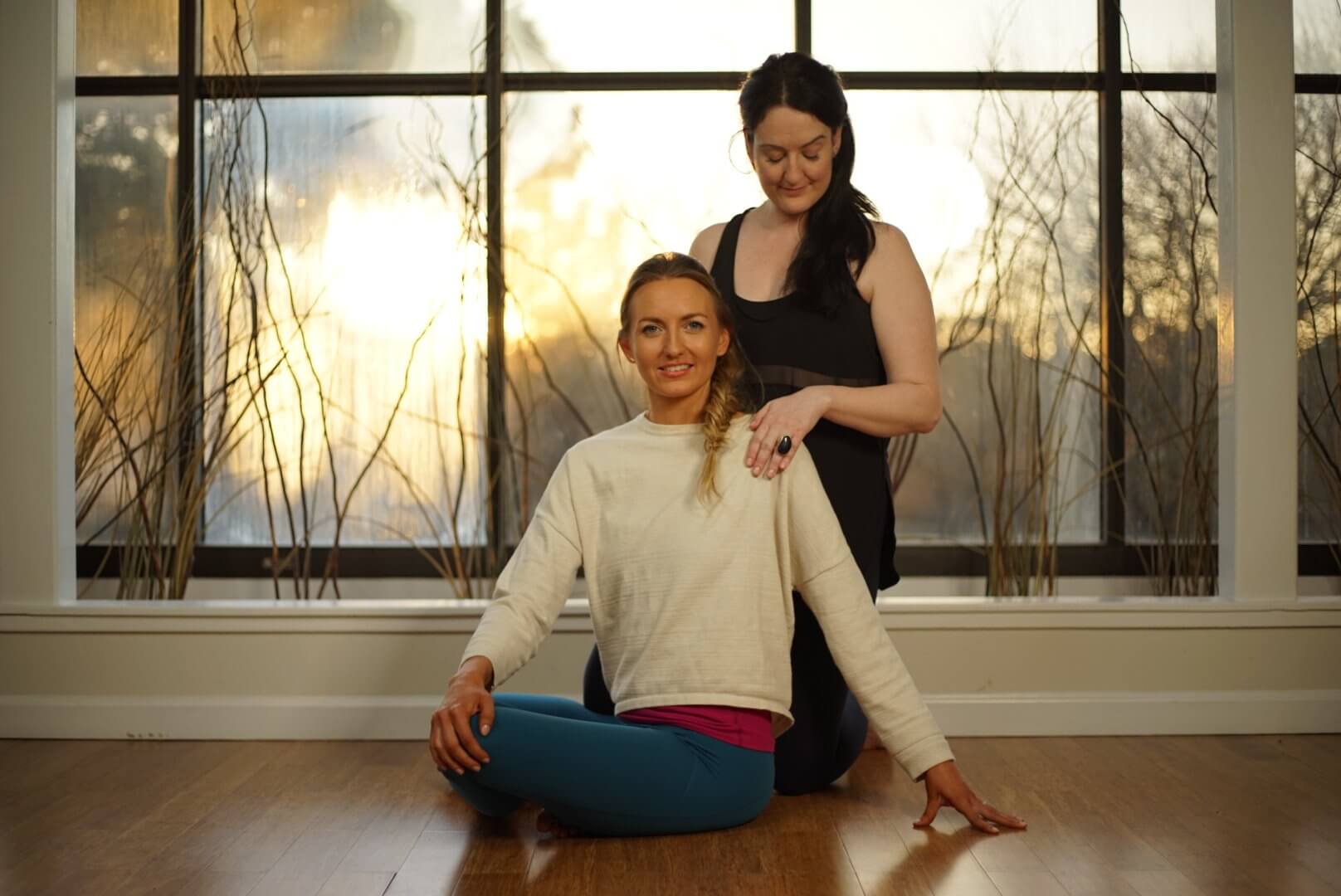
That is, of course, only if the YTT programs are actually providing in-depth knowledge on both the physical yoga practice and the ancient yogic wisdom that inspired it. It does not, however, imply that every RYT is a quality and knowledgeable yoga instructor.
In fact, there are major undercurrents happening in the yoga industry at the moment that many faithful and dedicated yogis are fighting against.
It seems that yoga schools around the world are catching on to the lucrative industry and, rather than taking the time to learn yoga history and experience the many benefits of Ayurveda and yoga together, they’re simply churning out RYT certifications for the sake of making money.
As a result, many yoga instructors walk away from their training program with very little understanding of the healing power of yoga or even basic teaching skills. Instead, they simply know a long list of yoga postures and maybe a few pranayama techniques.
Yoga Alliance has always specified that “contact hours” be in-person, as opposed to over webcam or distance learning for the RYT 200 designation. This stipulation has been temporarily lifted by Yoga Alliance, as in-person trainings now pose a risk to our health and safety due to COVID-19. Graduates of our upcoming Spring trainings will be eligible to register with Yoga Alliance. More details on our training pages.
Do I Need a Yoga Instructor Certification by Yoga Alliance?
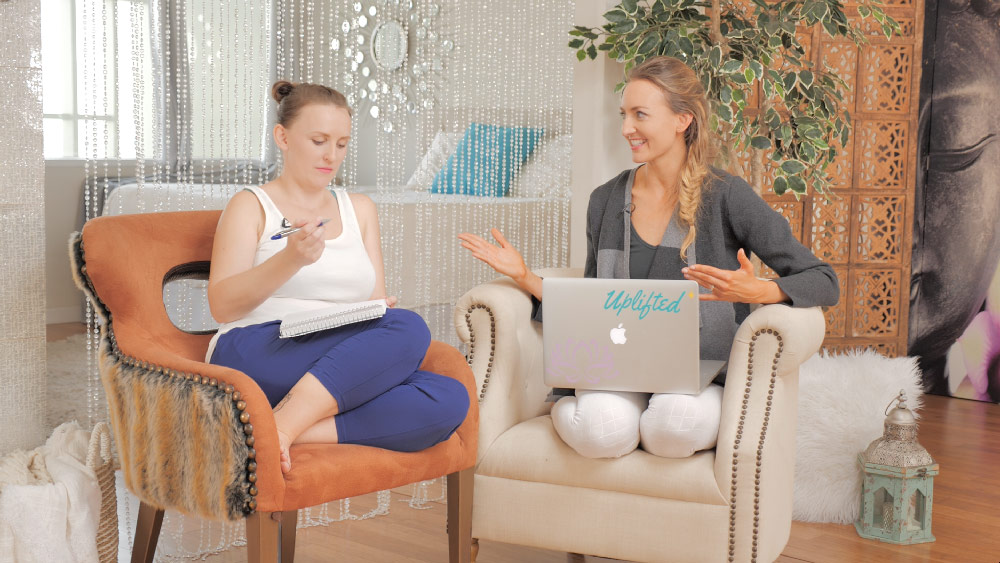
Just because you’ve completed a yoga teacher training program that is Yoga Alliance certified does not mean that you, yourself, are certified.
If you want to get your certification through the Yoga Alliance and become an RYT (registered yoga teacher) there are several things you have to do.
- Successfully complete a 200 or 500-hour program from a certified school.
- Pay the applicable fees; which include an initial registration fee and annual dues.
- Participate in continuing education programs as dictated.
- The main goal of this certification process is to ensure that yoga instructors are properly educated and on a continuous path of learning and development.
That being said, a Yoga Alliance certificate is absolutely not necessary to teach yoga. It’s the norm, yes, and it has a lot of big marketing money behind it. But an RYT certificate does not automatically mean that you are knowledgeable, that you are reliable, or that you are trustworthy.
Nor does it mean that your selected training program is any of those things, either.
While many commercial yoga studios will prefer yoga instructors who are certified with the Yoga Alliance, not all do, especially not those who are more interested in ancient yogic philosophies and traditional practices.
Ideally, you will do your research before you select a yoga teacher training program. Here are a few things to consider before you begin:
- What is your main goal in completing a YTT program? Do you want to teach or do you simply want an education?
- Do you know what kind of yoga teacher or yoga instructor you would like to be?
- Does the program offer the option to get the Yoga Alliance certification? If so, does it fit in with your personal goals, budget, and lifestyle? (ie an online teacher training program versus a YTT course halfway around the world)
- Who will be leading the yoga teacher certification program? Do you trust this person and his or her ability to introduce you to the yogic lifestyle? Meshing well with your instructor is an often overlooked yet crucial part of any TTC course.
There are a lot of yoga teacher training programs out there, don’t think that just because a school is certified through the YA that it will be the best for you. With schools around the world and online in all different areas of focus, you can choose the perfect yoga training program for you.
Take my quiz to find out which YTT is best for you:
You might also like: Is An Online Yoga Teacher Training Worth The Investment?
Do I Need Yoga Alliance Insurance?
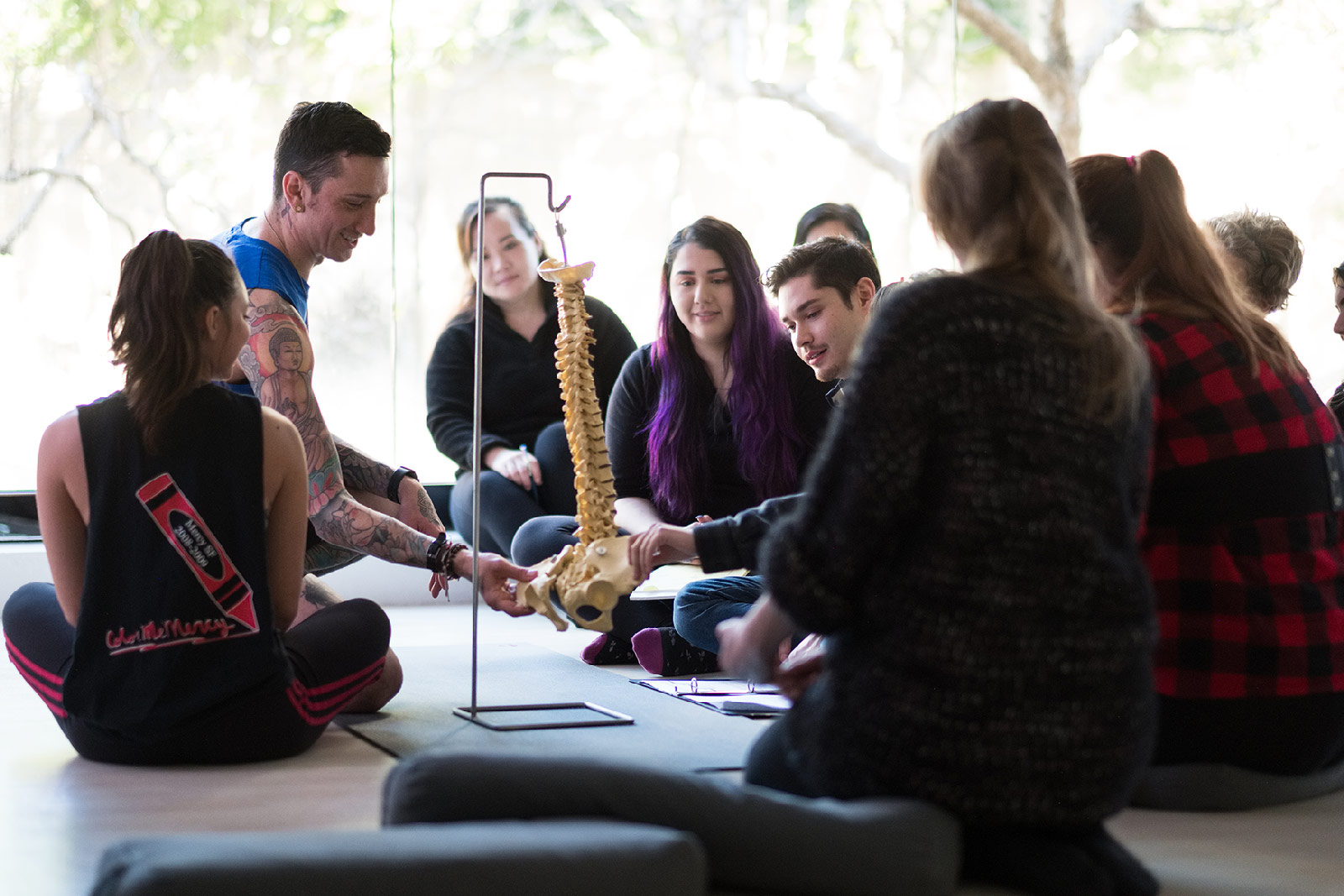
Teaching yoga is more than leading students through the asanas. It is about setting the proper alignment. Without this proper alignment, injuries are more likely.
But, even with perfect alignment and a lot of teaching experience, accidents can happen.
Whether you’re guiding students through restorative yoga poses or working on technical posture alignment like in Iyengar yoga, it’s important to protect yourself as you teach yoga.
The Yoga Alliance itself does not provide any type of insurance. They do subtly recommend it on their website though. A discount to an insurance company is also included as a benefit to their members. BeYogi is one option with affordable annual plans and an even cheaper option for those still in school.
Accidents and injuries can happen to even the most experienced practitioner. Having protection through an insurance plan can offer some peace of mind. Teachers choosing to focus on yoga therapy or do private yoga classes should definitely consider insurance. Even just teaching in a yoga studio might require you to hold some type of personal plan.
It’s important to note that yoga insurance does not cover online yoga unless it is taught live via Zoom (or another live streaming platform).
You might also like: 10 Truths About Becoming a Yoga Instructor (That Nobody Talks About)
Final Thoughts
Standards in yoga can be a good thing. They help to keep integrity within the practice. Having certified teachers ensures that knowledge and postures are taught correctly.
However, they do not necessarily ensure that you’re getting a quality education or are fully prepared to teach yoga.
They also do not speak to the profound bond that you can create with your yoga instructor.
But want some quick and dirty advice?
Look for a program that works with you, your life, and your personal goals. Find a yoga instructor who you feel safe with, who you trust, and who you can connect with easily. There is much more to becoming a yoga instructor than simply getting a paper that deems you as one.
There are a lot of different paths in yoga. Find your own path and walk it fearlessly.
Yoga Alliance has always specified that “contact hours” be in-person, as opposed to over webcam or distance learning for the RYT 200 designation. This stipulation has been temporarily lifted by Yoga Alliance, as in-person trainings now pose a risk to our health and safety due to COVID-19. Graduates of our upcoming Spring trainings will be eligible to register with Yoga Alliance. More details on our training pages.
Next Steps
- Check out my YouTube channel and find some yoga classes that you can try out for yourself!
- Explore my knowledge hub for How to Become a Yoga Teacher
- Attend a 200 YTT info session to see what else you’ll learn in my online teacher training.
Experience 3 Training Videos from Inside My 200-Hour Online YTT

YOU MIGHT ALSO LIKE
- How Long Does Yoga Alliance Certification Last? 5 Steps to Maintain It
- What Topics Does a Yoga Alliance-Certified Training Cover?
- How Many Hours Do You Need to be Certified by the Yoga Alliance?
- Am I Qualified to Teach After Taking a 200 Hour YTT?
- How to Upgrade Your Yoga Alliance Certification Designation to 300 / 500 RYT
- How to Register Your YTT Certificate With Yoga Alliance (With Photos)
- How to Update Your Yoga Alliance Teacher Profile Step-by-Step
- Yoga Nidra Training Certification: Immersion, Online, Or In Studio
- How To Log Yoga Alliance Continuing Education Hours
- The Only 7 Yoga Alliance Membership Benefits (Some Are Free)
- 115 Shocking Yoga Statistics That Nobody Talks About
- Are Online YTT Courses Now Approved By Yoga Alliance? It’s Complicated.
- Can I Teach Without a Yoga Alliance Certification? (Yup)
- What is Yoga Alliance and Do I Need an RYT Certificate to Teach Yoga?
Sneak Peak into My 300-Hour YTT - FREE Videos, Info Session, Bonuses!











